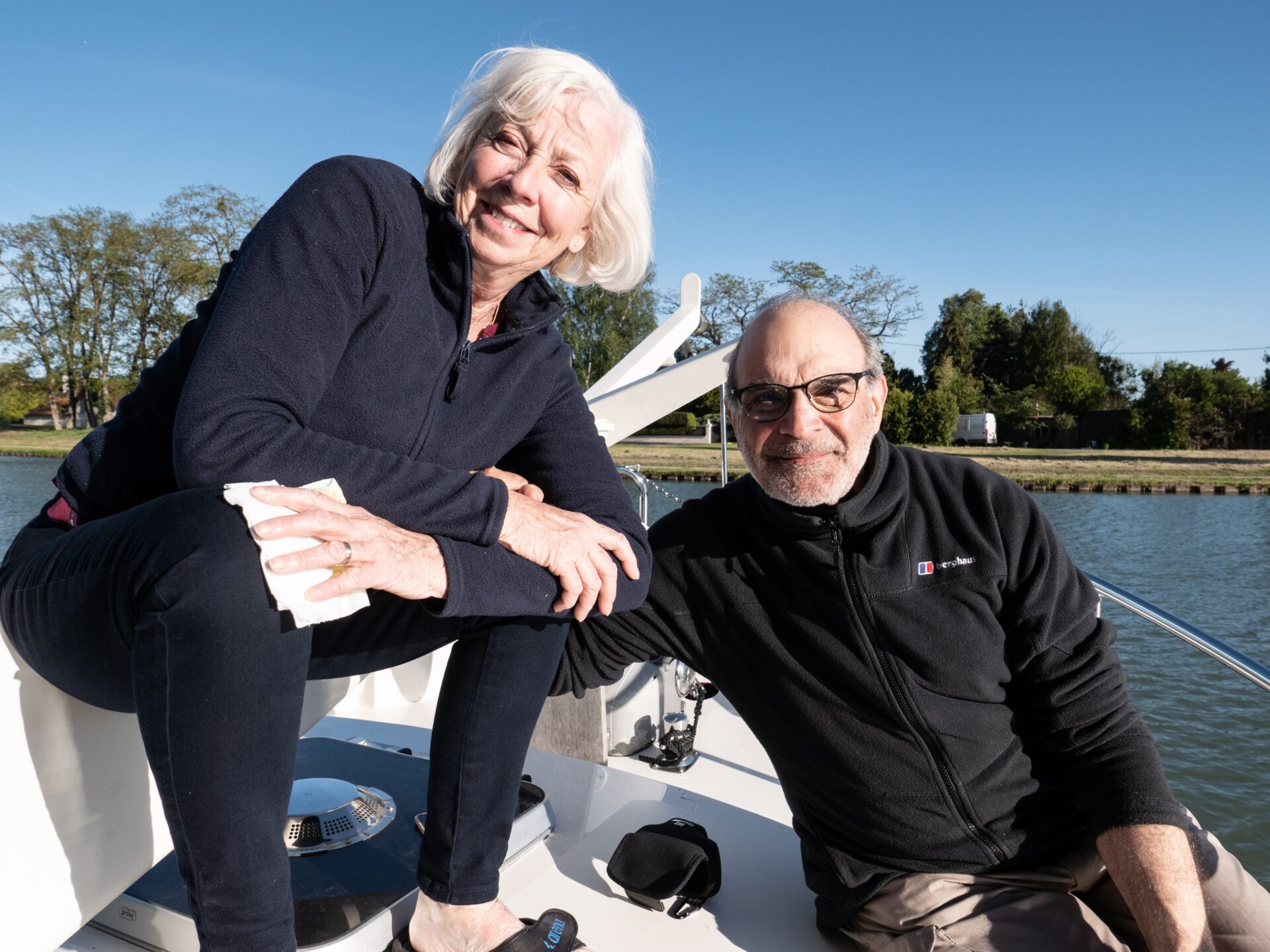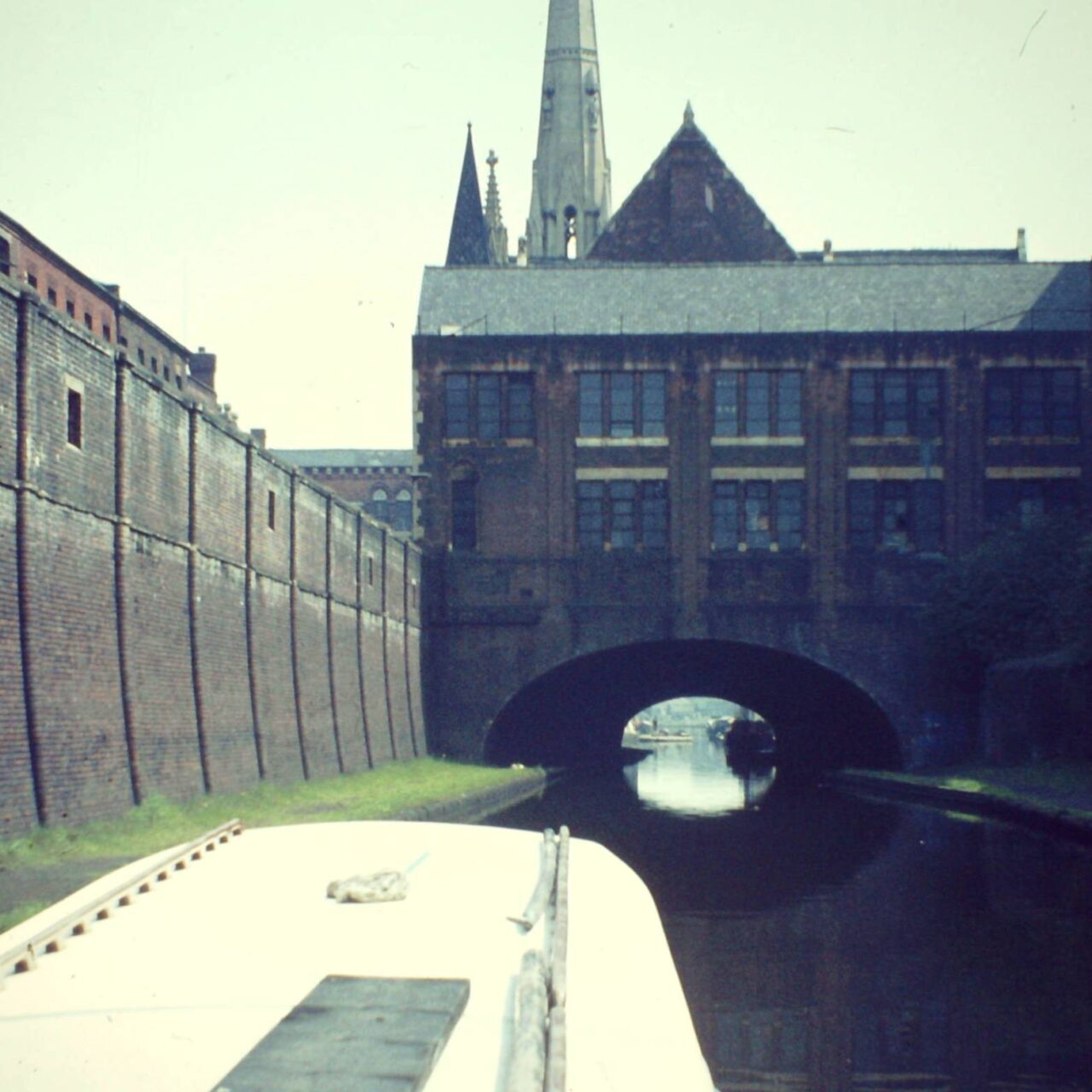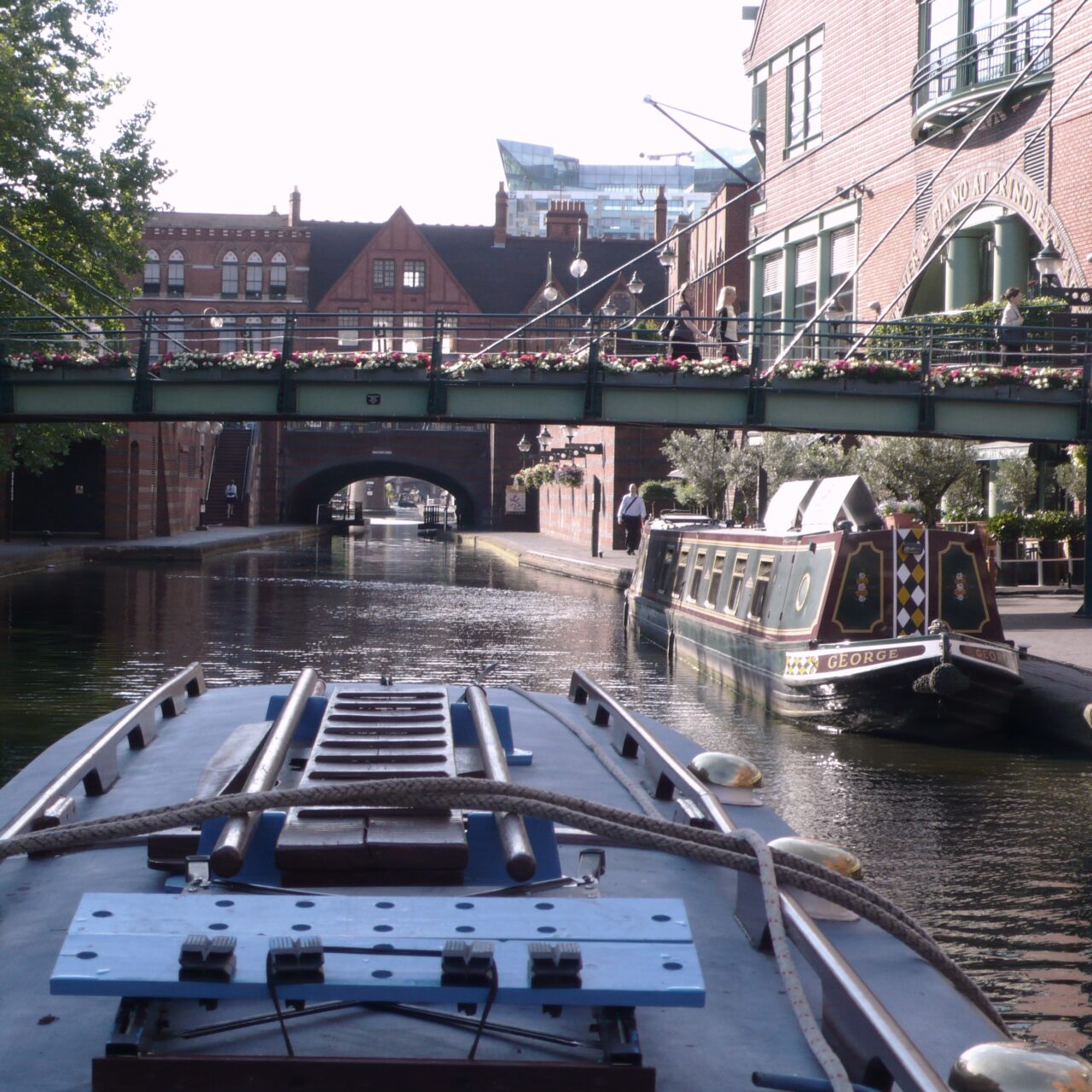How Waterways Can Help
Transformational waterway projects will help national and devolved governments deliver their post-Brexit and Covid-19 recovery programmes. Incorporating waterway improvement projects into wider regeneration bids will also help local authorities improve rural and urban areas and the lives of millions of people.
A report commissioned by the National Trust shows unequal access to nature in many urban neighbourhoods, towns and cities. Improved access to regenerated waterways can be part of the solution. Canals have their origins in the Industrial Revolution. Some 75% of local authority districts with the highest proportion of deprived neighbourhoods are located on the inland waterways network, representing huge opportunities for waterways to contribute to many aspects of the country’s economic recovery.
Waterway restoration and regeneration projects can deliver government’s aspirations to create employment opportunities and high-quality skills training, improve transport connectivity in the form of active travel corridors, narrow the gap in healthy life expectancy, improve wellbeing and create more pride in the places where people live.




